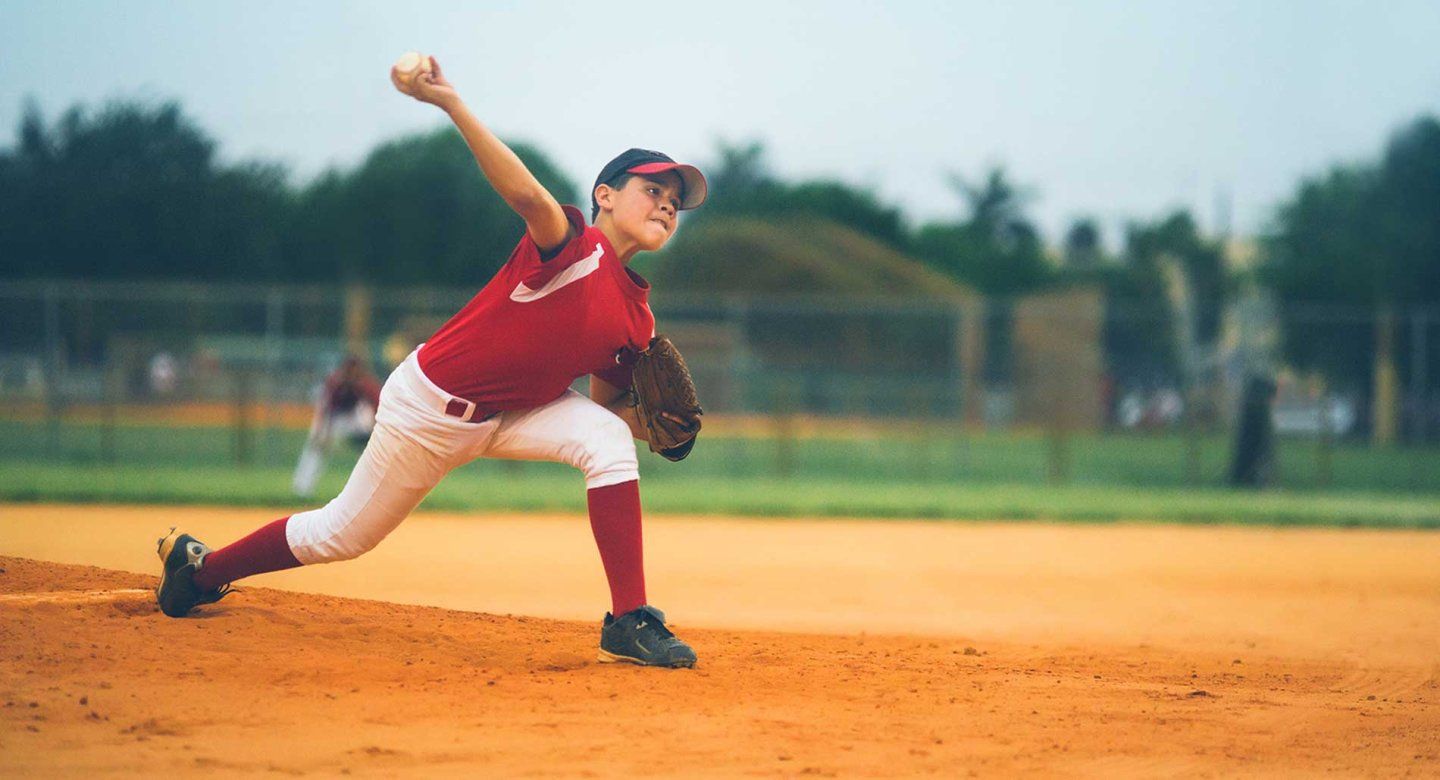For Children Specializing in One Sport – More Harm Than Good?
From repetitive injuries to burnout, UCSF orthopedic surgeon discusses the harm of year-round single sports.
If you’re preparing to register your child for summer sports camps and fall, team sports, Nirav Pandya, MD, orthopedic surgeon at UCSF Benioff Children’s Hospitals, has some suggestions for how to help your kids avoid common repetitive injuries. Kids who play a variety of sports, rather than specializing in one, at a young age tend to experience fewer injuries overall on average, Pandya says. That’s because specializing in a single sport when kids are young comes with risks.
What should parents be thinking about as they make upcoming summer and fall sports plans for their children?
It’s critical for kids, particularly in the elementary and junior high age groups, to use their summers to sample a wide variety of sports and activities. In addition, summer sports plans should not be used as extra training or prep for a fall sports season. It’s more beneficial physically and mentally to try something completely different.
Why is it important to diversify sports vs. specializing in one?
When kids specialize, they have a higher risk of serious injury, increased change of dropping out of organized sports by age 13 due to burnout and decreased athletic performance.
Why are the risks of specializing in a single sport an issue now? Is this a new trend?
Whether an ulnar collateral ligament tear in baseball or an anterior cruciate ligament tear in soccer, we’re noticing a spike in sports injuries in younger children, mostly from specializing in a single sport.
About 15-20 years ago, children participated in school sports teams, which rotated seasonally and gave their bodies a chance to recover from overuse. Now, about six times more children play sports privately, in year-round clubs, as opposed to within school. Moreover, children as young as 6 are specializing in one sport to the exclusion of others.
As a result, there is a tremendous increase in traumatic sports injuries. ACL tears used to be something we’d see primarily in 16 to 18 year-year-olds. We are now seeing this injury in children as young as 10 years old. The rate of ACL injuries has gone up 12% over the last decade in this young age group.
What injuries are you seeing and at what ages?
The most alarming trend is that we’re seeing elementary and middle school children playing one sport year-round; leading to ACL tears, meniscus and cartilage injuries, stress fractures, growth plate injuries and elbow ligament tears. As children are more likely to return to sports after their major injuries, they are at higher risk of re-injuring themselves as well.
At what age do you recommend children participate in year-round team sports?
Young athletes should hold off on specializing in one sport as long as possible, especially until they are in high school.
What are the symptoms of repetitive sports injuries?
Pain while playing sports is the most common symptom of a repetitive sport injury. A more subtle sign is if your child is no longer excited about playing their chosen sport; this can sometimes be a warning sign of an underlying physical issue that is going on.
How can parents prevent repetitive injuries if their child is on a year-round sports team?
Make sure they are taking time off between their sports seasons, resting if they are experiencing pain and engaging in other activities in their non-organized sports time (i.e. not practicing that sport in their downtime).
What is a good guide for how much sports a child should be playing?
If they play more hours of sports in a week than their age, they increase their risk of injury seven-fold. In addition, studies show that 70% of kids who specialize in only one sport drop out of sports by the time they are 13 years old.
What is driving the movement to specialize in one sport?
Many families encourage specializing because of the potential of a college sports scholarship.
What families don’t understand is that the average four-year college scholarship amount is approximately $15,000. And, of all the kids playing sports, only 2% of them are actually going to get a college scholarship.
How do you diversify if your child is only passionate about one sport and hopes for a college scholarship or maybe making it to the pros?
It’s all about sharing data with them. Kids, parents and coaches need to understand that specialization leads to an increased risk of serious injury, increased rate of burnout and decreased performance. What many people don’t understand is that if you play multiple sports, you are more likely to be a better athlete. Sports specialization is not associated with increased performance and skill.
What can parents do to ensure their kids have a healthy relationship with sports?
Let kids be the driver of their activities. Make sure kids are having fun playing sports. We need to set kids up to enjoy sports throughout their entire lives. We don’t need them retiring at age 13.
